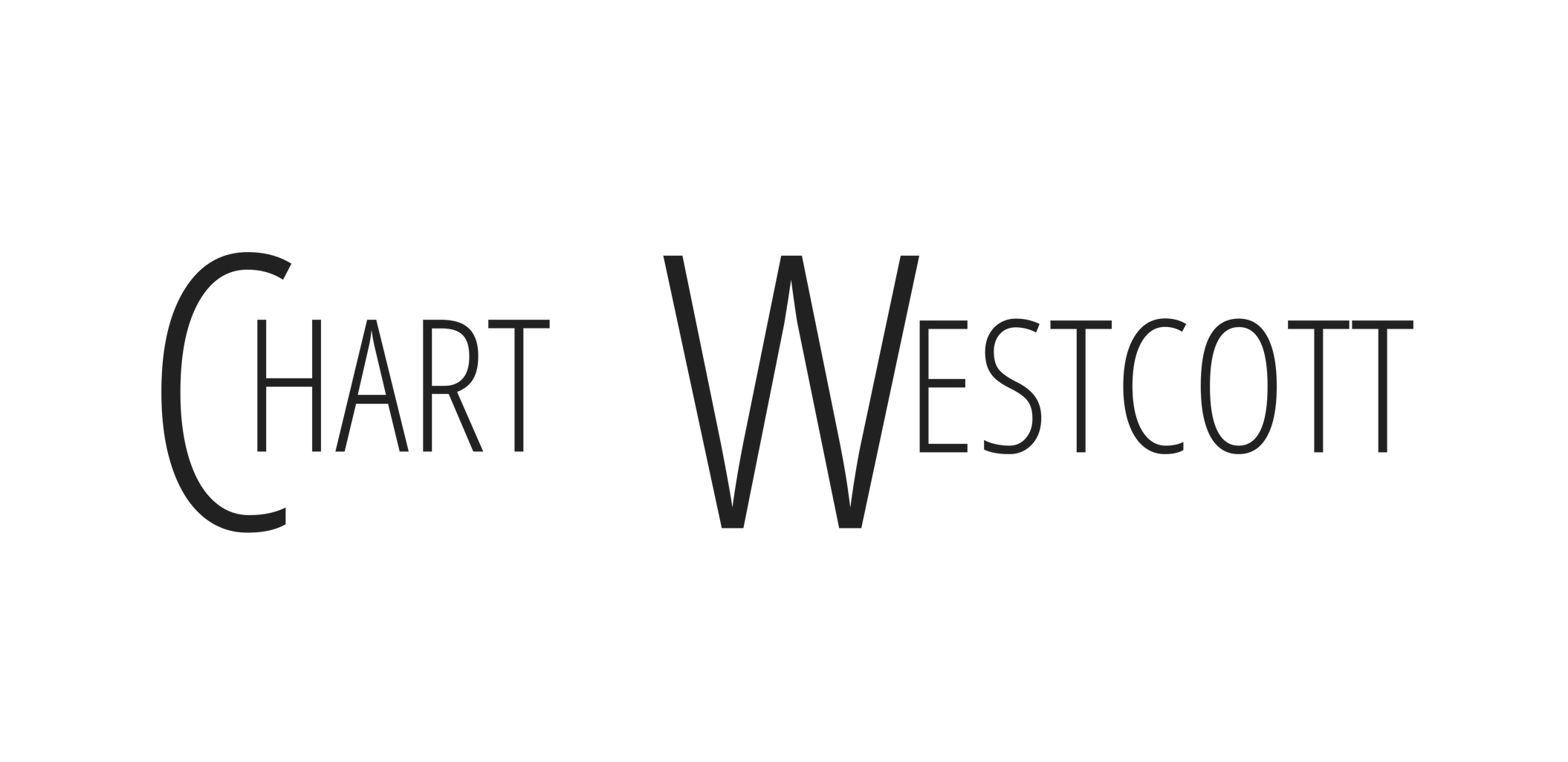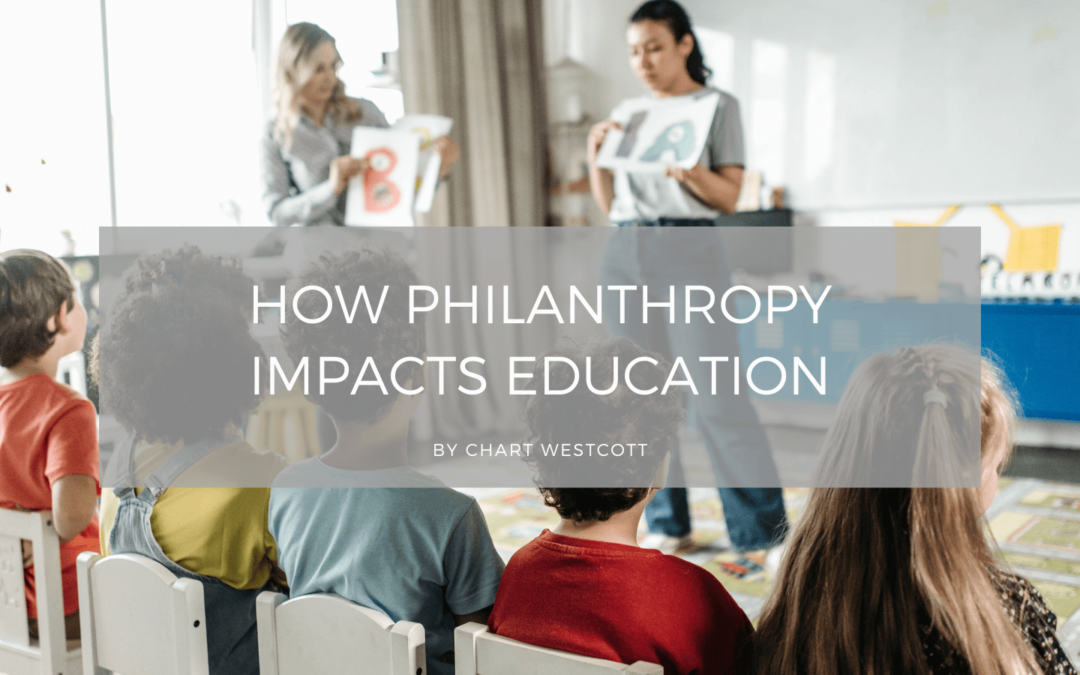A good education can help individuals develop critical thinking skills and prepare them for the workforce. It can also help them build their empathy and social skills. Institutions such as schools and universities play a vital role in assisting individuals to reach their full potential. Unfortunately, many schools in developing countries are not receiving adequate funding. This lack of resources can affect the quality of education and students’ learning outcomes. In 2030, over 800 million young people will lack the necessary skills to compete for jobs.
The lack of resources can also lead to achievement gaps, which reflect racial and economic inequities in the US. For instance, in the country’s school districts with large Black and Latino populations, the funding gap is more than twice as large as in those with higher-income students. These schools often face various challenges in preparing their students for higher education and employment.
Through philanthropy, organizations can play a vital role in addressing the various challenges that affect the quality of education. They can help improve the teaching and learning outcomes of students.
Philanthropy and Education Trends
In the US, philanthropy has long been a prominent cause for charitable giving. In 2020, the country’s residents gave over $70 billion to education, which is more than 15 percent of all charitable giving. Nonprofit Giving USA noted that this category was second only to religion in total giving. Through philanthropy, the sector can help facilitate collaboration among policymakers, schools, and business groups to address the various challenges that affect the quality of education. It can also support advocacy efforts to address the systemic issues contributing to the lack of access to education.
Aside from supporting multiple initiatives and projects, philanthropy can also help develop new programs and strategies to improve education quality. A study conducted by Grantmakers for Education revealed that over half of the grants given in 2018 went to secondary and elementary education. Unfortunately, there is a lack of consensus on the various indicators that can be used to measure the impact of philanthropy on the quality of education. For instance, there are varying opinions on the effectiveness of specific indicators, such as the graduation rate of secondary school students.
As the sector continues to play a critical role in addressing the various challenges that affect the quality of education, philanthropists can also play a significant role in developing new programs and strategies to improve the education landscape.
How You Can Make a Difference
To get started in giving to improve the quality of education, prospective donors should first engage with peer-learning networks and other organizations that have extensive research on the subject. For instance, Grantmakers for Education, a national network, regularly provides resources related to education.
One of the most prominent organizations that focuses on advancing public education in the US is the NewSchools Venture Fund. It holds an annual summit that brings innovators and experts to discuss the latest ideas on improving the quality of education. Another local organization that can provide valuable resources is the East Bay Community Foundation.
Before making a financial commitment to improve the quality of education, prospective donors should first learn about the various issues that affect the education sector. This can help them identify areas of focus that they should pursue. They can also connect with other individuals working on the same issue.

